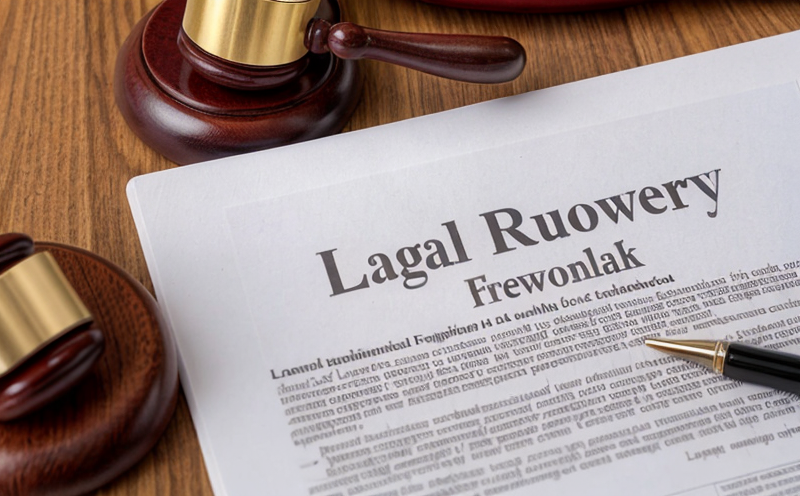The Importance of a Strong Legal and Regulatory Framework
A robust legal and regulatory framework is essential for any organization to operate effectively and efficiently in todays fast-paced business environment. This framework provides a set of rules and guidelines that govern the behavior of individuals, businesses, and organizations, promoting transparency, accountability, and fairness. In this article, we will delve into the intricacies of a legal and regulatory framework, highlighting its significance, key components, and how it affects various sectors.
Understanding the Legal and Regulatory Framework
The legal and regulatory framework is a complex system that comprises laws, regulations, policies, and standards that govern the behavior of individuals and organizations. This framework is designed to promote fair competition, protect consumers and employees, ensure environmental sustainability, and safeguard national security. The key components of this framework include:
Legislation: Laws enacted by governments at federal, state, or local levels, which provide a foundation for the regulatory framework.
Regulations: Rules and guidelines issued by government agencies to implement specific laws and regulations.
Policies: Guidelines established by organizations to ensure compliance with laws and regulations.
Standards: Benchmarks set by industry associations or governments to ensure consistency and quality.
Key Aspects of the Legal and Regulatory Framework
Here are some key aspects of the legal and regulatory framework:
Compliance: Organizations must comply with applicable laws, regulations, policies, and standards to avoid penalties and reputational damage.
Enforcement: Governments and regulatory agencies enforce laws and regulations through inspections, audits, and investigations.
Liability: Individuals and organizations can be held liable for non-compliance or violations of laws and regulations.
Consequences: Non-compliance can result in fines, penalties, reputational damage, and even business closure.
QA Section
1.
What is the purpose of a legal and regulatory framework?
A legal and regulatory framework serves to promote transparency, accountability, and fairness by providing rules and guidelines for individuals and organizations to follow.
2.
How does the legal and regulatory framework affect businesses?
The legal and regulatory framework can impact businesses in several ways, including compliance requirements, penalties for non-compliance, liability for violations, and potential business closure.
3.
What are some key components of the legal and regulatory framework?
Key components include legislation, regulations, policies, and standards that govern individual and organizational behavior.
4.
How can organizations ensure they comply with laws and regulations?
Organizations can comply by implementing effective internal controls, training employees, conducting regular audits, and staying up-to-date on changes to laws and regulations.
5.
What are the consequences of non-compliance with laws and regulations?
Non-compliance can result in fines, penalties, reputational damage, and even business closure.
6.
How do governments enforce laws and regulations?
Governments and regulatory agencies enforce laws and regulations through inspections, audits, and investigations.
7.
Can individuals be held liable for non-compliance or violations of laws and regulations?
Yes, individuals can be held liable for non-compliance or violations of laws and regulations.
Conclusion
A strong legal and regulatory framework is essential for organizations to operate effectively and efficiently in todays business environment. It promotes transparency, accountability, and fairness by providing rules and guidelines for individual and organizational behavior. Understanding the components, key aspects, and enforcement mechanisms of this framework can help organizations navigate complex regulatory requirements and minimize risks associated with non-compliance.

































